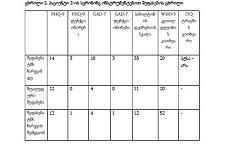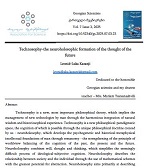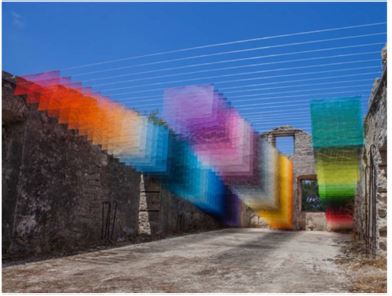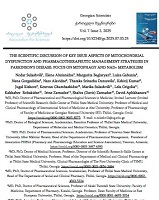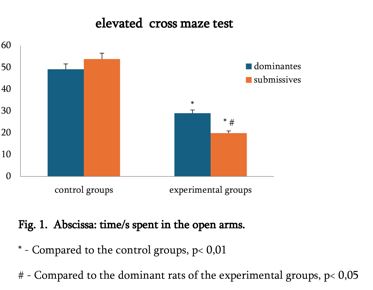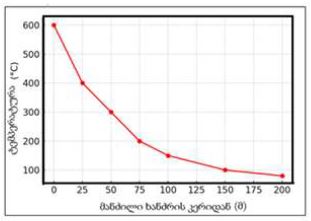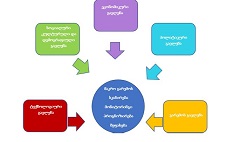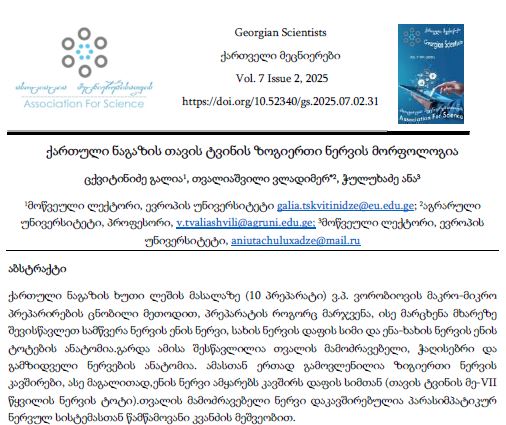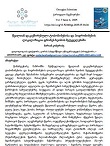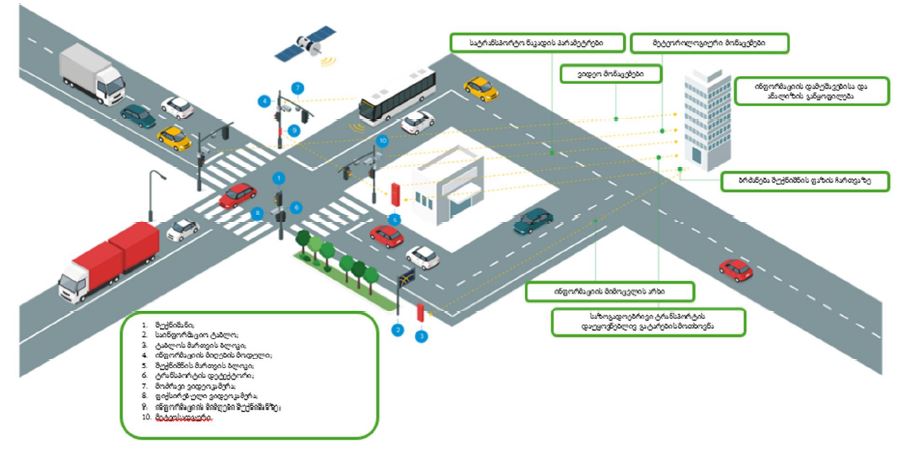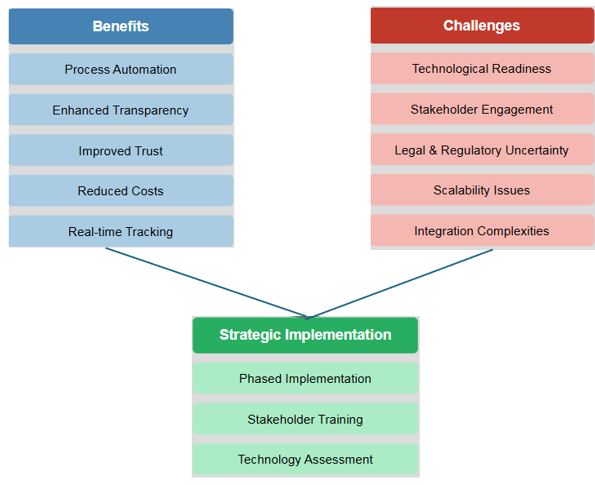Анализ Критической Скорости Воздуха Контролируемого Вентилацией Пожара В Тоннелях
Печатная версия опубликована: Горный журнал 1(42); 2019. 126-132
Загрузки
B статье расcмотрены сценари развития пожаров в открытой местности, в квартирах и в тоннелях. На основе теоретического анализа мощных пожаров, показана возможность коллапса вентиляционной системы тоннелей. Приведены графики изменения мощности пожара в зависимости от скорости воздуха для контролируемого вентиляцией огня в тоннелях. Обеспечивающая эффективное управление продуктами горения критическая скорость проанализирована для мощных тоннельных пожаров. Показана зависимость изменения критической величини критерия Фруда от критической скорости воздушного потока. Показана нецелесообразность применения критического числа Фруда для анализа критической скорости пожаров с большой магнитудой.
Скачивания
Метрики
Bird A., Carvel R. Handbook of Tunnel Fire Safety. Second edition. Thomas Telford Limited, 2012. 694 p.
FIT - Thematic Network FIT ‘Fire in Tunnels’ is supported by the European Community under the fifth Framework Program ‘Competitive and Sustainable Growth’ Contract n° G1RT-CT-2006. 76 p.
UN, Economic and Social Council, Economic Commission for Europe; Report TRANS/AC. 7/9, 2001. 60 p.
UN, Economic and Social Council, Economic Commission for Europe, Report TRANS/AC. 7/9 Add 1, 2002. 2 p.
UN, Economic and Social Council, Economic Commission for Europe, Report TRANS/AC. 7/13, 2003. 8 p.
UN, Economic and Social Council, Economic Commission for Europe, Report TRANS/AC. 7/15, 2004. 7 p.
UN, Economic and Social Council, Economic Commission for Europe, Report TRANS/AC. 7/11, 2002. 6 p.
The White Book 2001. Published in April 24, 2001. Sweet & Maxwell Ltd, ISBN 10: 0421745800, ISBN 13:9780421745803.
Hack. A. Fire Protection in Traffic Tunnels: General Aspects and Results of the EUREKA Project, TUNNELING AND UNDERGROUND SPACE TECHNOLOGY, 1998. Volume 13, N2 2. pp. 377-381.
Li Y.Z., Vylund L., Ingason H., Appel G. Influence of fire suppression on combustion products in tunnel Fires. The work Co-financed by the European Union. Report 2015. 70 p.
Lanchava, O. (2020). TO THE MATTER OF MODERNIZATION OF VENTILATION SYSTEM OF THE RIKOTI ROAD-TRANSPORT TUNNEL: Print version was published: Mining Journal# 1-2 (16-17), 2006. GEORGIAN SCIENTISTS, 2(2).
Lanchava О, Ilias N., Andras I, Moraru R., Neag I. On the Ventilation of Transport Tunnels in the Presence of a Strong (Heavy) Fire. Annals of the University of Petrosani, Petrosani (Romania), 2007. Vol. 9 (XXXVI), Part 1, pp. 219-227.
Ланчава О.А.‚ Лебанидзе З.Б. По поводу коллапса системы вентиляции тоннеля при сильном пожаре. Журнал «Транспорт», N 3-4 (31-32), Тбилиси ‚ 2008. c. 29-31.
Lanchava O., Medzmariashvili Е.‚ Ilias N., Khitalishvili G., Lebanidze Z. Prospects of usage of transformable systems for extinguishing fire in tunnels. International Scientific Conference “Advanced Lightweight Structures and Reflector Antennas”, Tbilisi, 2009. pp. 301-308.
Ланчава О.А., Гвенцадзе И.Т. К вопросу управления чрезвычайными ситуациями в транспортных тоннелях. Транспорт, N 1-2 (37-38), Тбилиси, 2010. с. 18-21.
ო. ლანჩავა, ი. გვენცაძე. ერთ- და ორგვირაბიანი კომბინირებული სავენტილაციო სისტემების ხანძარუსაფრთხოების კვლევა. სამთო ჟურნალი, 2(27), თბილისი, 2011. გვ. 56-59.
ო. ლანჩავა, ი. გვენცაძე. ხანძრის გავლენის შემცირების გზები სატრანსპორტო გვირაბებში ევაკუაციის განსახორციელებლად. სამთო ჟურნალი, 2(29), თბილისი, 2012. გვ. 75-77.
ო. ლანჩავა, გ. ნოზაძე, ნ. ბოჭორიშვილი, ზ. ლებანიძე, ნ. არუდაშვილი. საავტომობილო გვირაბში ძლიერი ხანძრის მიერ გამოწვეული საფრთხის ანალიზი. სამთო ჟურნალი, 1(32), თბილისი, 2014. გვ. 86-89.
Vaitkevicius A., Carvel R. Investigating the Throttling Effect in Tunnel Fires. Fire Technology, Vol. 52, 2016. pp. 1619—1628.
Li Y.Z., Ingason H. Discussions on critical velocity and critical Froude number for smoke control in tunnels with longitudinal ventilation. Fire Safety Journal, Vol. 99, 2018. pp. 22-26.
Lanchava O, Nozadze G., Bochorishvili N., Lebanidze Z., ArudaSvili N., Iangidze M., Tsikarishvili K. Criteria for evaluation of emergency firefighting in transport tunnels. Transport Bridge Europe-Asia, Proceedings of conference, Tbilisi, 2014. pp. 29-35.
ო. ლანჩავა, ნ. ბოჭორიშვილი, გ.ნოზაძე, მ. ჯანგიძე, არუდაშვილი, ს. დემეტრაშვილი. ხანძრით განპირობებული საგანგებო სიტუაციის მართვა ერთგვირაბიანი კომბინირებული სავენტილაციო სისტემის პირობებში. სამთო ჟურნალი, 2(33), თბილისი, 2014. გვ. 43-47.
Lanchava О, Ilias N., Nozadze G., Radu S., Andras I., Moraru R. Developing of Wi-Fi monitoring control systems for damage factors of fire in road tunnels. The XIth Edition of the Annual Conference “The Academic Days of Technical Sciences Academy of Romania”, 2016. pp. 34-39.
Lanchava 0., Ilias N., Nozadze G. Some problems for assessment of fire in road tunnels. Supplement of Quality-Access to Success: Bucharest, Vol. 18, (SI) 2017. pp. 69-72.
Ilias N., Lanchava 0., Nozadze G. Numerical modelling of fires in road tunnels with longitudinal ventilation system. Supplement of Qualioi-Access to Success: Bucharest, Vol. 18, (SI), 2017. pp. 85-88.
Li Y.Z., Lei В.‚ Ingason H. Study of critical velocity and backlayering length in longitudinally ventilated tunnel fires. Fire Safety Journal, Vol. 45, 2010. pp. 361-370.
Thomas RH. The Movement of Smoke in Horizontal Passages against an Air Flow. Fire Research Station. Boreham Wood. 1968. 8 p.
Lee CK Chaiken RF Singer J.M., Interaction Danziger between duct fires and ventilation flow: an experimental study. Combustion Science and Technology. Vol. 20, 1979. pp. 59-72.
NH Kennedy W.D. Longitudinal ventilation analysis for the Glenwood canyon tunnels. Fourth International symposium on the Aerodynamics & Ventilation of Vehicle Tunnels, BHRA Fluid Engineering. 1982. pp. 169-186.
Kennedy W.D. Critical velocity: past, present and future. Seminar of Smoke and Critical Velocity in Tunnels, JFL Lowndes, 1996. pp. 305—322.
Copyright (c) 2021 O. Lanchava

Это произведение доступно по лицензии Creative Commons «Attribution-NonCommercial-NoDerivatives» («Атрибуция — Некоммерческое использование — Без производных произведений») 4.0 Всемирная.
















